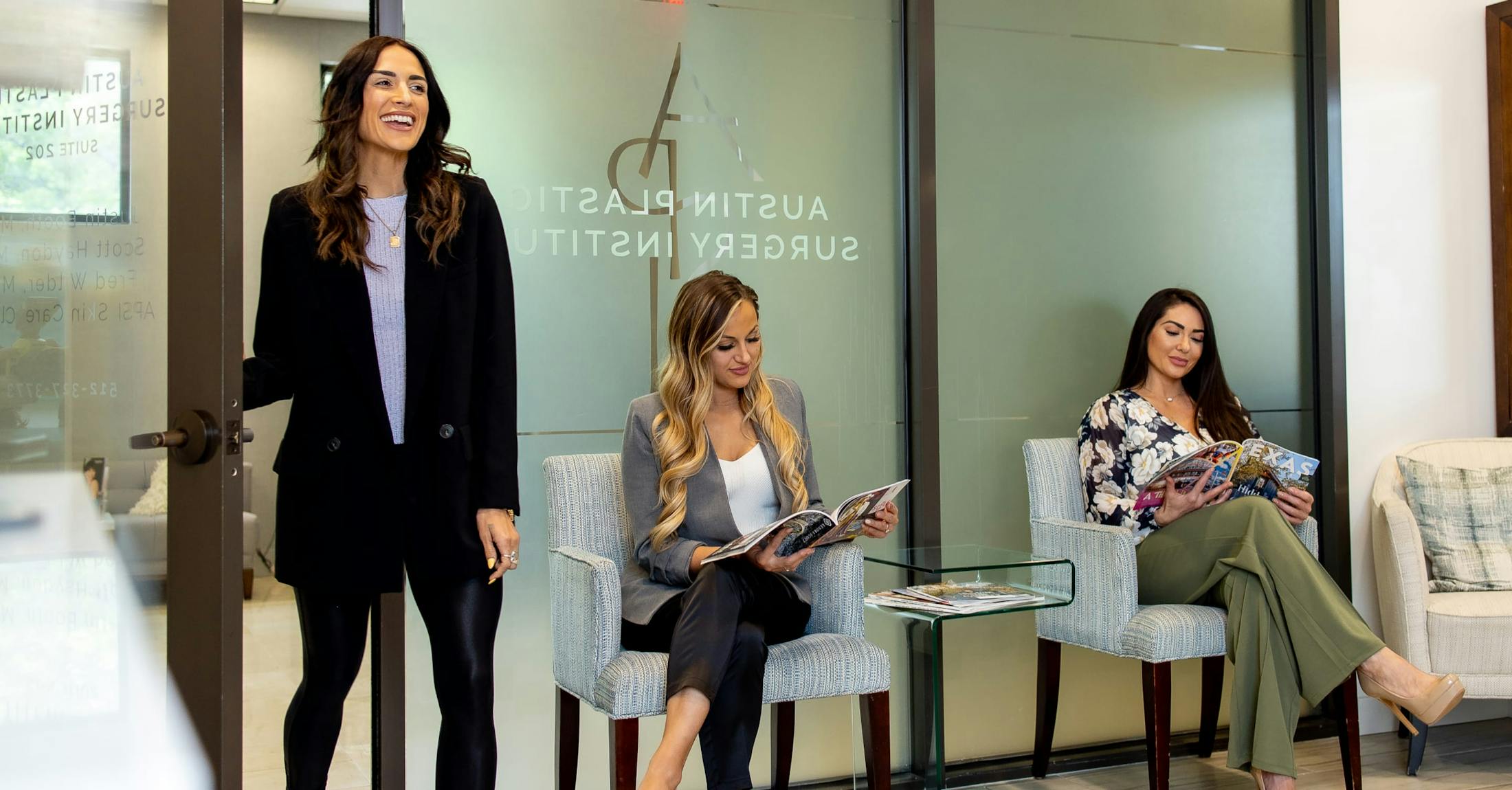At APSI, we understand the decision to undergo ear surgery is very personal. Ear surgery, or “otoplasty,” is also referred to as ear reshaping or ear pinning, is a cosmetic procedure that is offered to adults and children.
Considering ear surgery?
If you are self-conscious about the shape, size, or position of your ears, otoplasty may be right for you. The surgery can help to reduce the size of large ears, set prominent ears closer to the head, and correct misshapen or asymmetrical ears. In addition, otoplasty can also be used to treat earlobe deformities, such as earlobes that are stretched or have been torn. Our Board-Certified Plastic Surgeons bring years of experience to the practice and provide custom ear surgery that can help you feel more confident in your skin. If you are tired of having concerns about your appearance due to your ear size or shape, we are here to help.





